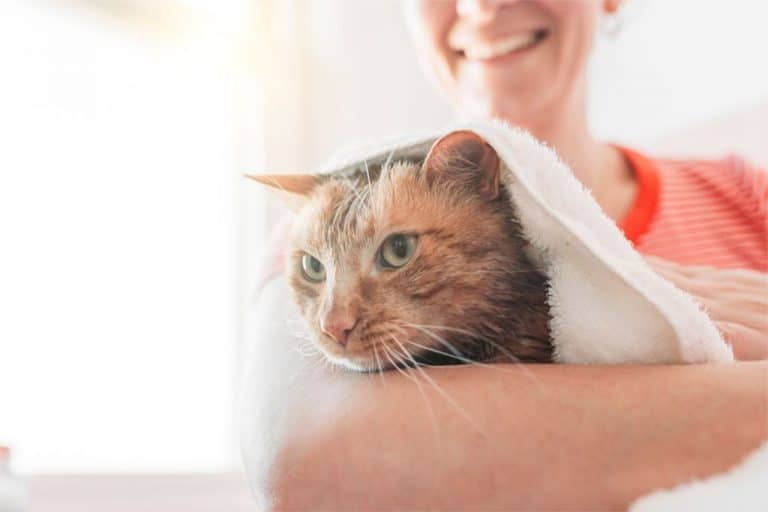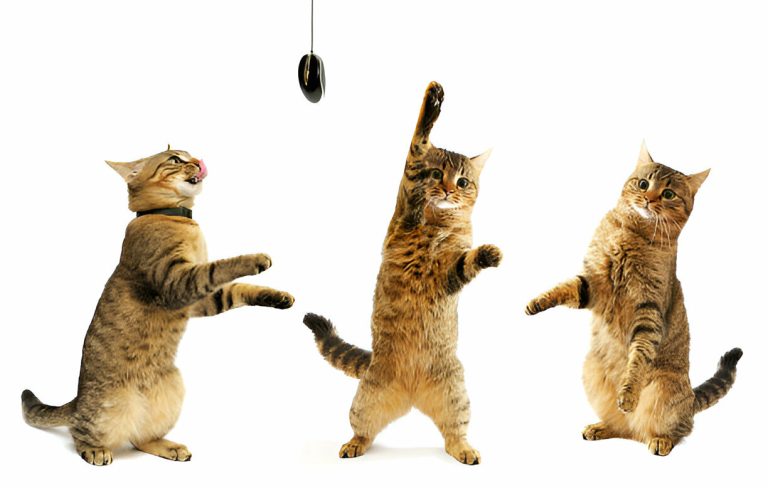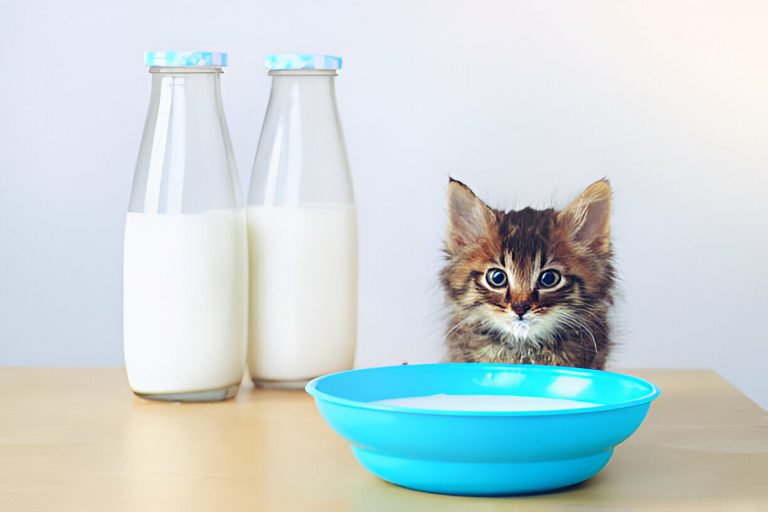Pick The Best Grooming Tools For Your Cat
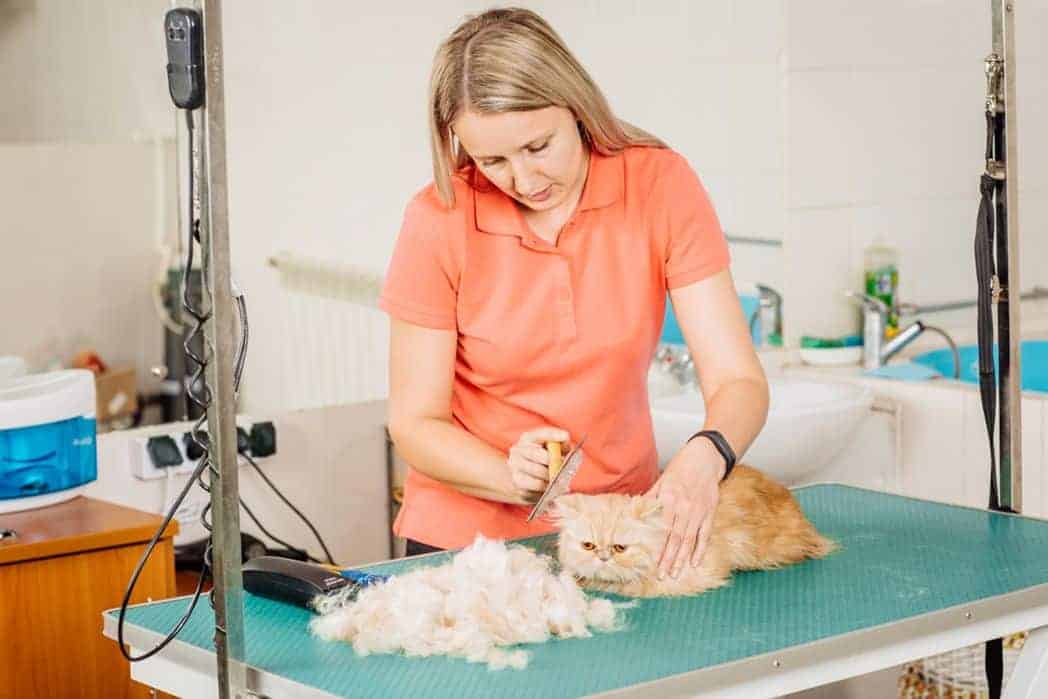
What Best Grooming Tools For Your Cat?
While cats are famous for how well they groom themselves, you will also need to groom your cat every day to help her remove dead hair and prevent some of those notorious hairballs that you may find around your house from time to time.
Even shorthaired cats shed, so brushing daily certainly won’t hurt and will help to remove dead hair from kitty’s coat. You can use a chamois cloth to wipe down a hairless cat each day. There are few things less enticing than hearing your cat hack up a hairball while you’re eating. And hair in the intestinal tract isn’t good for kitty. Here’s how hairballs happen. If your kitty licks you, you will notice that a cat’s tongue feels rough, a little like sandpaper.
That’s because there are little hooks (the papillae that I mentioned earlier) on the tongue that help remove hair. Where is that hair going? Well, since cats can’t stop swallowing once they start, that hair goes into the intestinal tract. And from there, it’s either passed in the feces or gathers in the stomach until the cat throws it up. And then you usually find it by stepping on something squishy.
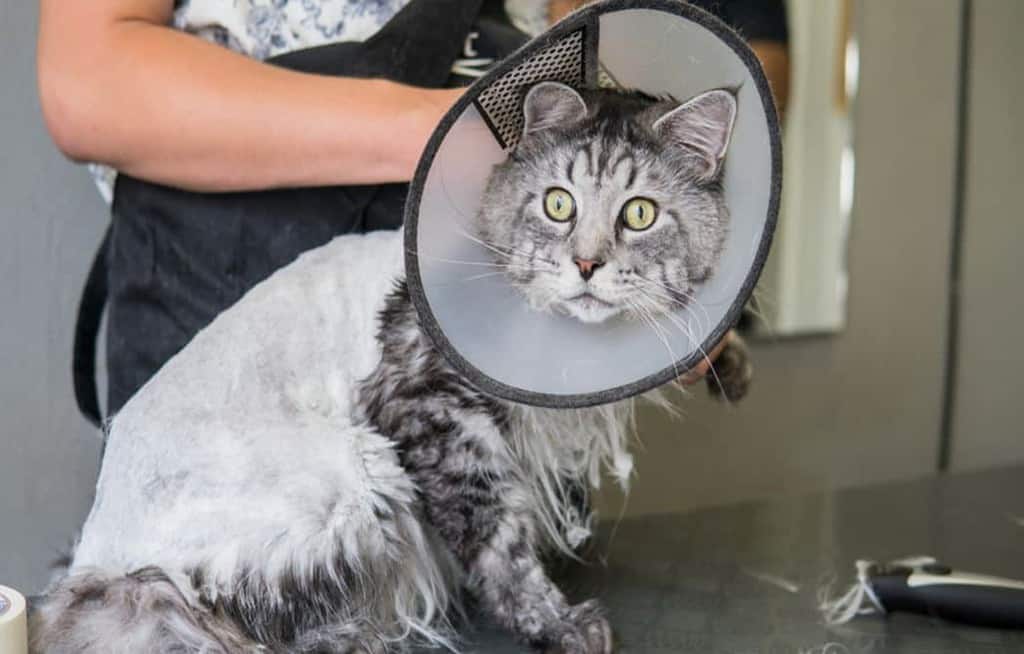
That’s the “yuck factor” — a good reason to groom your cat regularly! You’ll need a comb and, depending on the type of coat your cat has, a brush. If you have a shorthaired cat, you may want to use a rubber brush with little nubs on it to loosen dead hair, which can then be combed out more easily. Longhaired cats will benefit from a good brushing with a slicker brush. Let’s talk a bit about combs and brushes.
There are so many types, and deciding which one you need can be pretty confusing for most of us. What you will need depends on your kitty’s hair and its condition. If you have a pedigreed cat, you can ask the person from whom you got the cat what works best on that particular coat.
Cats spend about a third of their waking hour’s grooming. Combs come with teeth spaced close together (fine), wide apart (coarse), or in between. A fine comb is for cats with smooth or fine coats. A medium comb is suitable for most cats.
And a coarse comb is for coarse-coated cats with short hair. You may also want a flea comb if your cat is exposed to fleas and you need to go through her coat, literally, with a fine-tooth comb! Some people also get a shedding blade to remove dead and semi-dead hair.
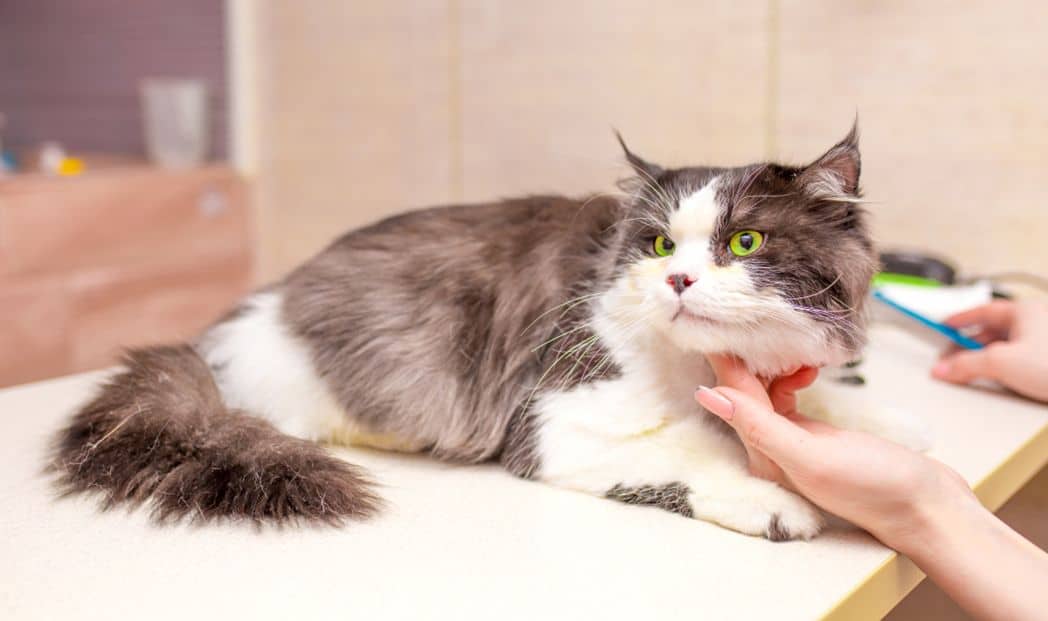
This is a loop of metal with teeth that rake through the coat. A demanding comb helps remove dead hair and comb out most tangled hair. There is also a product called a Furminator to remove loose or dead hair.
These types of products cut down on shedding, and, as I said before, combing and brushing kitty’s hair cuts down on hairballs. Zoom Groom is a product I use, and my cat loves.
I don’t have anything to do with the company, but I can say from experience that this was a good (and relatively inexpensive) investment. A-Zoom Groom removes dead or semi-dead hair, even from my double-coated cat, without pulling or any chance of accidental cuts to the skin. It’s made of rubber and also provides a nice kitty massage. Once the hair has been loosened, I simply go over the coat with a comb and collect the hair.
A slicker brush has lots of fine metal bristles that are set at an angle. It’s good for longhaired cats and can also remove mats after they have been loosened with a mat splitter. Find a slicker brush with extra fine bristles if you have a kitten, an older cat, or a cat with fine, short hair.
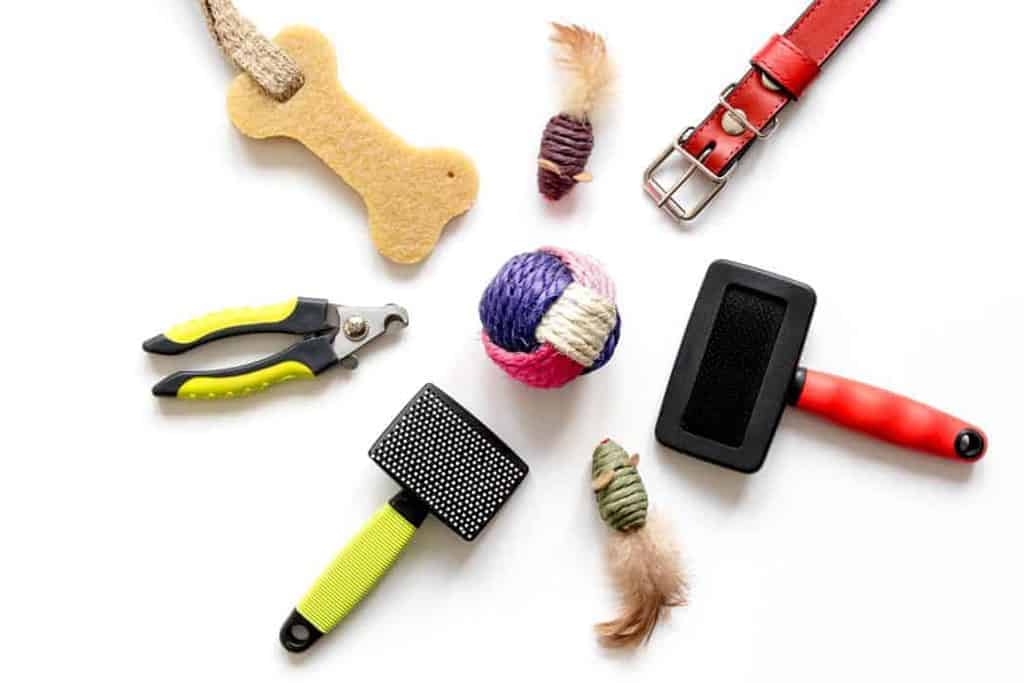
A bristle brush helps you keep your cat’s coat in good condition when used regularly. It is especially good at distributing natural oils from the skin throughout the coat. If you comb or brush your cat regularly to remove dead hair and gently ease out any tangles, you won’t need any of the products made for removing mats because your cat won’t have mats.
If you do find one, you should be able to work out most mats that haven’t progressed with a comb. Be gentle, because snarls and mats hurt! You will also need a set of clippers to clip claws.
It’s not tough to do if you start your cat out right with nail clipping. (More on that in chapter 7.) You also need a toothbrush and kitty toothpaste. It’s important to brush your cat’s teeth because debris and germs leaching down from the teeth and gums get into the cat’s bloodstream and can cause a plethora of health problems that may shorten your kitty’s life.
It’s easiest to start brushing teeth when your cat is a kitten, but some adult cats can be tolerant. By the way, any time there’s a strong odor coming from your cat’s mouth, it’s time for a veterinary visit. Your cat’s teeth will likely need professional cleaning.
Cats are very good at hiding pain, and a toothache isn’t something you’ll know about, although bad breath is one sign; not eating well can be another. We’ll talk more about that later in this article.
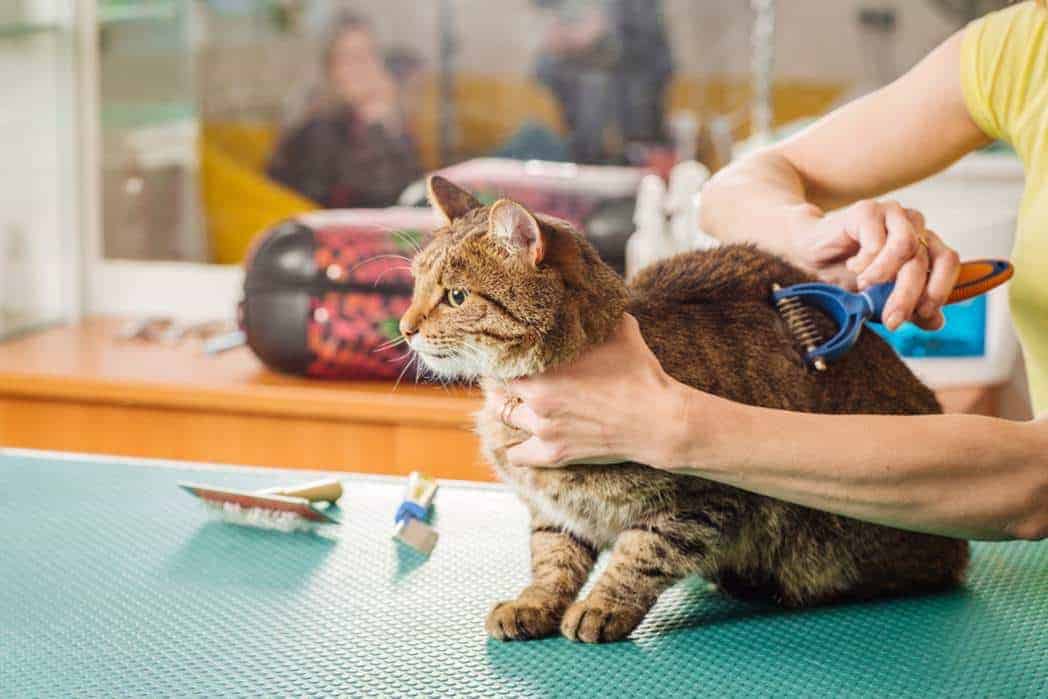
Cats do a good job of bathing themselves, but if you need to give your kitty a bath, you’ll need a shampoo made only for cats. If the label doesn’t say that it’s made for cats, don’t buy it. The pH that is ideal for a cat’s skin is not the same as it is for people.
Do not buy any shampoo that contains tea tree oil. While it’s okay for dogs, tea tree oil is deadly for cats. Exposure is lethal. Do not ever bathe your cat with a shampoo that contains it, and don’t let anyone else do it, either.
If you take your cat to a professional groomer, insist that they know not to use any product with tea tree oil on your cat. Don’t rely on the fact that a product is labeled for use on cats; read the ingredients, and be sure!

